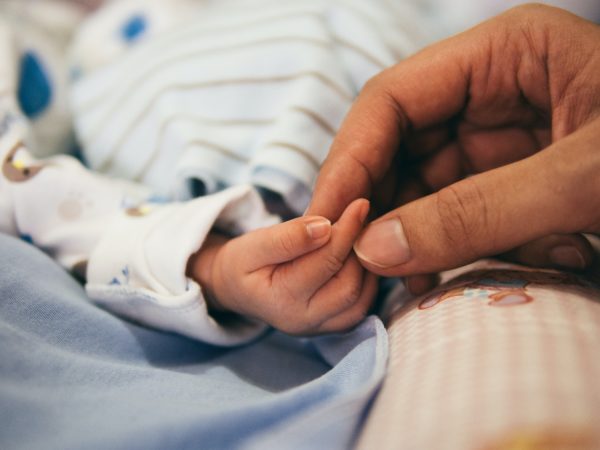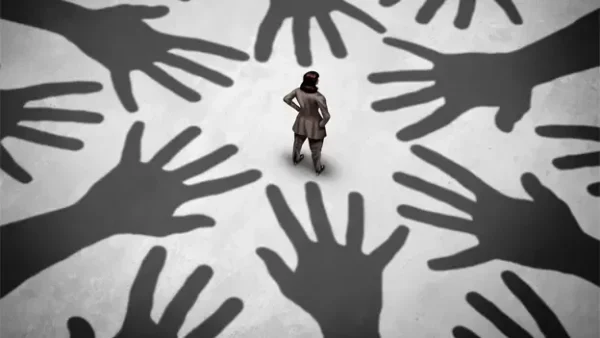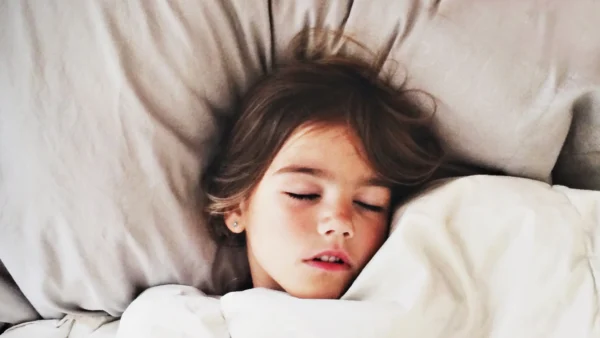
Married With Kids: Adopting in Civil Partnerships

The process of adoption is no walk in the park, with many wondering what our rights are when wanting to adopt. Those who are in civil partnerships and are looking to expand their family will have numerous unanswered questions on their mind regarding the process.
In 2005, the Adoption and Children Act came into effect. Since then, same-sex couples, including those who are unmarried, were able to apply for joint adoption. Fast forward five years, further steps towards equality for LGBT applicants were established through the Equality Act 2010, protecting people being victim to discrimination by adoption agencies, ensuring that every application is treated fairly.
Adopting a child can be quite a daunting process, however, it can be one that transforms a child’s life for the better. With this in mind, we discuss all the important need-to-knows that must be considered when adopting a child in a civil partnership.
So, how do I adopt?
The idea of child adoption is an intriguing concept—but how exactly do you do this?
The first part is getting in touch with an adoption agency—these might be operated by an approved agency or your local authority.
Once in touch, you will undergo a thorough assessment—your relationship will also be assessed if you’re wanting to adopt as a couple. This assessment is an essential part of the adoption stage as it determines whether they will proceed with your application or not.
After this has been completed and you are successful, the application is sent to an adoption panel. If they proceed with your application, you’ll begin what is called the ‘matching process’, whereby a child is placed with you to determine if an adoption order can proceed to the court. If you reach this stage of the adoption process, additional reports and information will be provided to the courts to help them make their final decision.
What happens after I adopt a child?
Once you have undergone the adoption process and now have custody of the child, you must decide who will take adoption leave—stating who the ‘primary adopter’ will be. As for your partner, they will usually be entitled to paternity/maternity leave too, and the remaining period of adoption leave can be shared between those adopting in a couple, since usually paternity leave is granted to them also.
Does the way I adopt involve different laws?
In short, yes, there are variances in the laws regarding adoption depending on how you intend to do this. If you’re choosing to legally adopt your partner’s child or children, as long as you have lived with them for more than six months, then this is usually a straightforward process that doesn’t require an agency.
On the other hand, if you’re wanting to adopt from outside the UK, this process will be slightly more complex, and speaking to a family law solicitor about overseas adoption will be needed. As for those wanting to adopt within the UK, the process as explained above applies.
Fostering a child: the differences between fostering and adoption
Other than adopting a child, you may also be interested in the fostering process too. Under the Adoption and Children act, LGBT couples are also eligible to foster—a process that is being done by an increasing number of people in civil partnerships every year.
Before you decide whether to adopt or foster a child, it’s important to know the differences between them. The main difference is that when you adopt a child, you gain full legal custody over them and all responsibilities and rights as a parent are granted to you. When you foster a child, legal custody is not granted to you, and in most cases remains with the child’s legal guardian.
Another key difference is the duration of time between adoption and fostering a child. When adopting a child, this is typically a permanent decision and legal situation. As for fostering, this is seen as a more temporary situation that occurs if a child or young person has been placed into a foster home due to their current living situation being reported as neglectful or an unsafe environment. When it is viewed as being safe for them to return to their biological family, then the fostering period will end. If you foster a child, there is no time limit to how long they are placed in your care—this time period could last anywhere from a few weeks, or years, and in some cases, could lead to adoption.
Both the adoption and fostering process can help give support and love to the children that need it most. Whichever you decide to do. it is going to change their life for the better. Before considering which one to choose, it’s important to take into account what is right for both you and your partner’s current living situation, and what would be best for the child in the long-term.












































